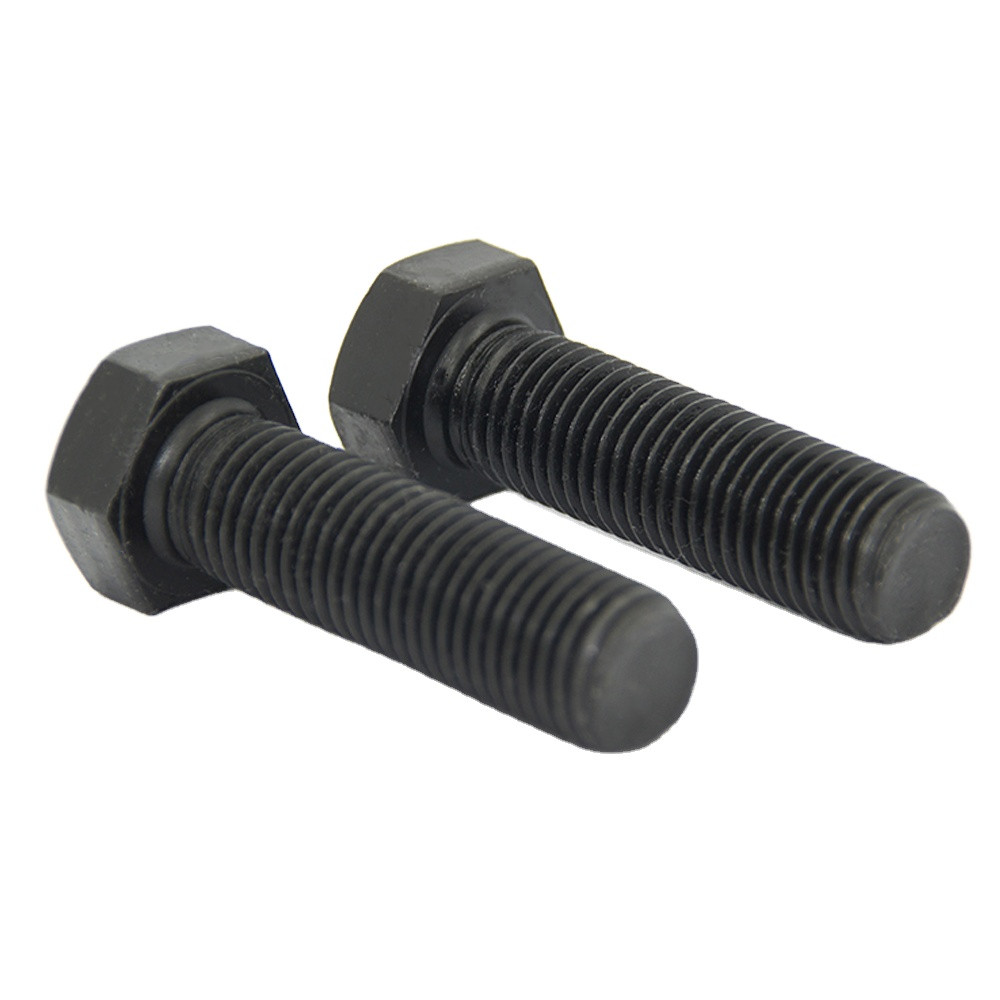Manufacturers of Flat Headed Bolts and Their Production Processes in the Industry
Oct . 16, 2024 09:39 Back to list
Manufacturers of Flat Headed Bolts and Their Production Processes in the Industry
The Significance of Flat-Headed Bolts in Industry and Their Manufacturing Process
Flat-headed bolts are an essential component across various industries, serving critical roles in construction, machinery, automotive, and aerospace applications. These fasteners are designed with a flat top that allows for flush installation, making them ideal for situations where a smooth surface is necessary or where space is limited. The importance of flat-headed bolts in structural integrity and mechanical performance cannot be overstated, making their manufacturing process an area of interest for engineers and manufacturers alike.
Design and Specifications
Flat-headed bolts are typically available in various materials, including steel, stainless steel, and alloyed metals. The choice of material depends on the specific requirements of the application, including strength, resistance to corrosion, and overall durability. Common specifications to consider during the design phase include bolt diameter, length, and the grade of the material utilized. Manufacturers often adhere to standardized criteria established by organizations such as the American National Standards Institute (ANSI) or the International Organization for Standardization (ISO) to ensure compatibility and safety.
The dimensions of flat-headed bolts are crucial, as they must fit seamlessly into pre-drilled holes in various components. This precision in manufacturing facilitates efficient assembly and disassembly, which is particularly vital in automotive and machinery contexts, where maintenance and repair are frequent.
Manufacturing Process
The manufacturing of flat-headed bolts is a detailed process that involves several key steps forging, machining, and finishing.
1. Forging The initial step typically involves forging, where metal is heated to a malleable state and then shaped into a rough bolt form using dies. This method is advantageous because it increases the material's strength through deformation while also allowing for mass production.
2. Machining After forging, the rough bolts undergo machining processes to achieve precise dimensions and desired surface finishes. This may include turning, drilling, and milling. Advanced CNC (Computer Numerical Control) machines are often utilized to ensure high precision and repeatability, enabling manufacturers to produce large volumes of bolts with consistent quality.
flat headed bolts factories

3. Heat Treatment To enhance mechanical properties, many flat-headed bolts undergo heat treatment. This process alters the physical and sometimes chemical properties of the metal, resulting in increased strength or improved toughness, which is essential for applications requiring high durability under stress.
4. Coating and Finishing To improve corrosion resistance and overall aesthetic appearance, flat-headed bolts often receive a coating. Common coatings include zinc plating, hot-dip galvanizing, or powder coating. Each method provides different levels of protection depending on the environment in which the bolts will be used.
5. Quality Assurance Rigorous quality control measures are implemented throughout the manufacturing process. Bolts are subjected to various tests including tensile strength testing, dimensional inspections, and surface integrity checks to ensure they meet required standards and specifications.
Applications in Industry
The applications for flat-headed bolts are vast. In construction, they are often used to secure beams, connect structural elements, and install fixtures. In the automotive sector, flat-headed bolts play a key role in assembling engines and body frames. Their design allows for neat assembly, where a flat surface is preferable, thereby contributing to both functionality and aesthetics.
In aerospace, the need for lightweight yet strong fasteners is paramount, and the use of advanced materials coupled with precise manufacturing processes allows for the creation of flat-headed bolts that meet stringent safety standards.
Conclusion
In conclusion, flat-headed bolts are vital components that are fundamental to the integrity and efficiency of various structures and machinery. The manufacturing process is intricate, involving multiple stages that ensure the final product meets the rigorous demands of the industries they serve. As technology progresses, the methodologies and materials used in the production of flat-headed bolts will continue to evolve, fostering innovation and enhancing their applications across diverse sectors. The continued focus on quality and efficiency in manufacturing ensures that these simple yet essential components will remain a cornerstone of engineering solutions worldwide.
Latest news
-
High-Quality Panel Stud Bolt Reliable Panel Stud Bolt Factory & Suppliers
NewsJul.08,2025
-
High-Precision Fine Thread Locknuts Manufacturer & Supplier Custom Solutions
NewsJul.08,2025
-
PH Imperial Stud Bolt – High Strength Fasteners from Leading Supplier & Factory
NewsJul.07,2025
-
High-Quality Allen Wrench Bolts Leading Factory, Company & Suppliers
NewsJul.07,2025
-
Wholesale Ball Stud Bolt - High Quality Supplier & Factory Price Reliable Wholesale Ball Stud Bolt Company
NewsJul.06,2025
-
High-Strength Alloy Bolts Manufacturer & Supplier Quality Alloy Fasteners Factory
NewsJul.06,2025
